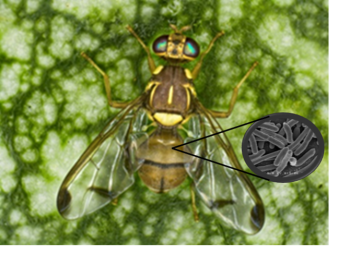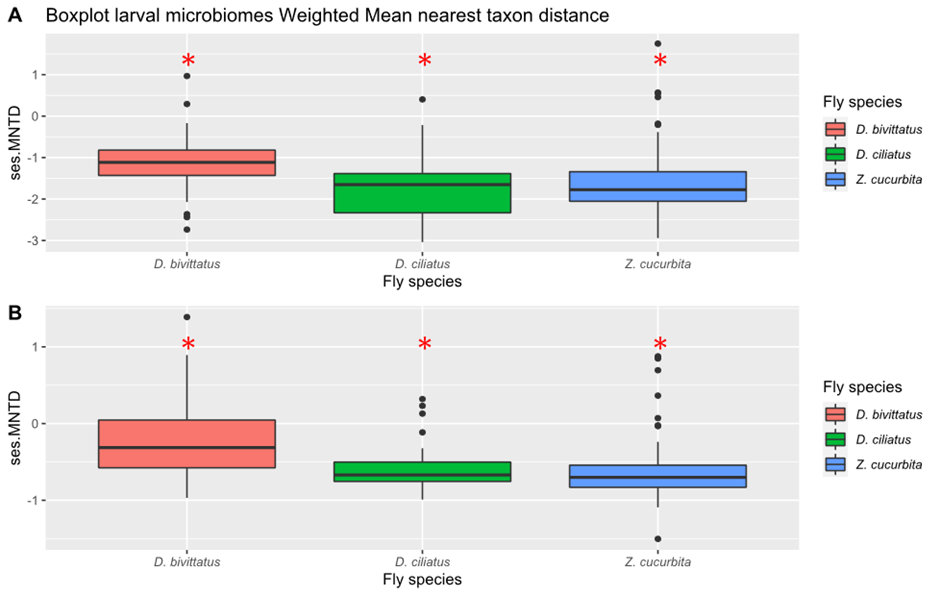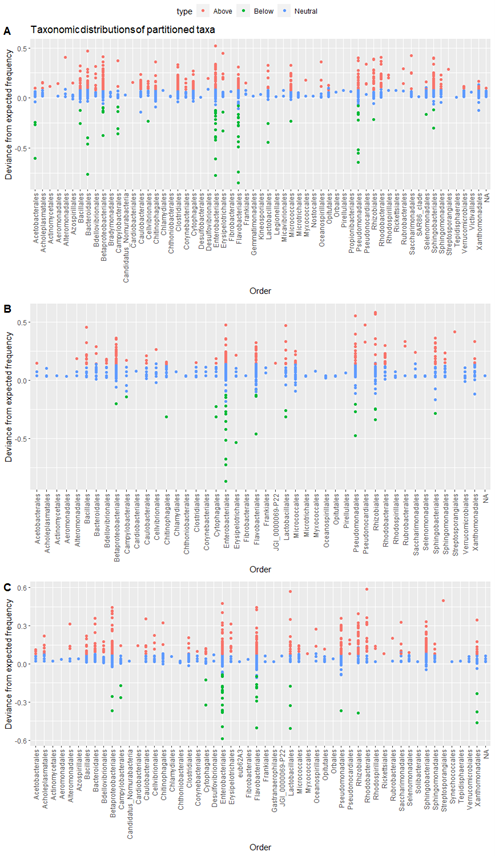Fruit flies keep their microbiota on a leash

True fruit flies (Tephritidae) are highly diverse, with some species known as serious agricultural pests. These flies rely on gut microbes to help them feed on fruits, but scientists still don’t fully understand how these microbial communities form or how they aid in eating host plants.
Researchers from the Royal Museum for Central Africa (RMCA), Sokoine University of Agriculture, the Royal Belgian Institute of Natural Sciences (RBINS) and of the University of Antwerp (UA), studied the gut bacteria of four African fruit fly species that feed on cucurbits (like melons and cucumbers). They found that these microbes are not randomly acquired but are influenced by the flies themselves, suggesting that microbiomes may play a role in adaptation.
The study also identified specific bacteria closely linked to certain fruit fly species, which could help them adapt to different host plants. These findings improve our understanding of insect-plant interactions and may also support the development of better pest control strategies.
Full paper available here: https://journals.plos.org/plosone/article?id=10.1371/journal.pone.0313447
Corresponding author: Wouter Hendrycks (Royal Museum for Central Africa, University of Antwerp), contact email: wouter.hendrycks@africamuseum.be

Fig. 1: The chart shows how closely related the bacteria in fruit fly larvae (D. ciliatus, D. bivittatus, Z. cucurbitae) are relative to the expected relatedness. Lower values mean the bacteria are more similar than expected, suggesting that the flies help shape their microbiomes rather than acquiring them randomly. Asterisks (*) mark cases where this effect was statistically significant.

Fig. 2: This chart shows which bacteria are more (red) or less (green) linked to each fruit fly species than expected. The top section is for D. bivittatus, the middle for D. ciliatus, and the bottom for Z. cucurbitae.